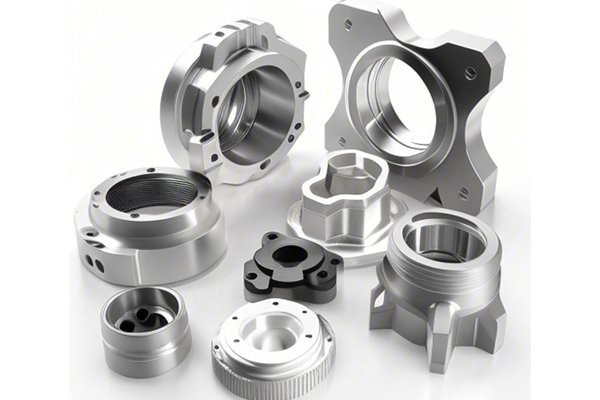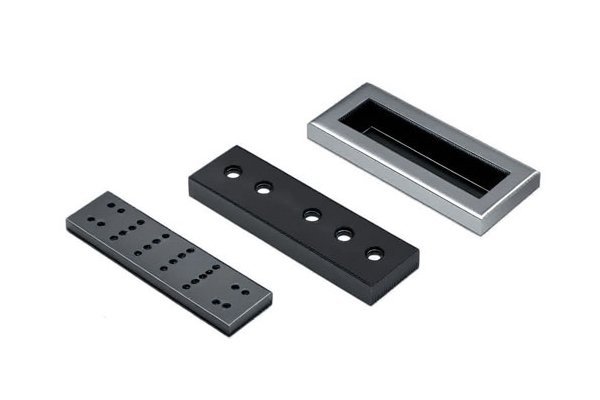Did you know that the wear resistance of a material can significantly impact the overall efficiency and cost-effectiveness of CNC processing? In today’s competitive manufacturing landscape, understanding how different materials endure wear is not just an academic exercise—it can mean the difference between a successful project and a costly failure. As manufacturers, knowing how to compare the wear resistance of materials such as aluminum, stainless steel, brass, and engineering plastics goes a long way in optimizing production processes.
In this blog, we will delve into the various aspects of wear resistance in CNC machining, exploring the methods to assess it across different materials, the implications of wear resistance on machining efficiency, and practical solutions for optimal material selection.
Understanding Wear Resistance
What is Wear Resistance?
Wear resistance refers to the ability of a material to withstand mechanical stress, abrasive forces, and operational wear over time. Materials with high wear resistance properties exhibit minimal alteration from their original shape due to friction and contact with other surfaces. This attribute is crucial in CNC machining as it directly influences the lifespan of both the tool and the workpiece.
Importance of Wear Resistance in CNC Processing
Understanding wear resistance is essential for several reasons:
Key Factors Influencing Wear Resistance
Before diving into methods for comparing the wear resistance of various materials, it’s important to recognize the factors that influence this property:
Comparing Wear Resistance: Materials Overview
Let’s take a closer look at some common materials used in CNC machining and their respective wear resistance attributes. This will help set the context for effective comparison.
Aluminum is a popular choice in machining due to its low density and impressive strength-to-weight ratio. However, its wear resistance is lower than that of steels. While aluminum alloys like 6061 and 7075 have better mechanical properties due to enhanced alloying elements, they are still not as hard as other materials.
Stainless steel comes in several grades and offers good wear resistance, especially grades like 440C that have higher carbon content. It is often used in applications where both wear and corrosion resistance are indispensable. However, machining stainless steel can be challenging due to its toughness.
Brass is an alloy of copper and zinc known for excellent machinability. It exhibits good wear resistance, particularly in applications like fittings and mechanical parts. However, its susceptibility to wear and tear may be more pronounced compared to tougher materials like steel.
Materials like PEEK and Nylon are becoming increasingly popular in CNC processing due to their excellent wear resistance properties and lighter weight. They excel in industries that require reduced friction, such as bearings and bushings.

Methodologies to Assess Wear Resistance
Now that we have a better understanding of the materials, let’s explore how to effectively compare wear resistance across different materials during CNC processing. Here are some methods and tests to consider:
Wear testing can be performed using various approaches, including:
Wear testing produces what is known as the “wear rate,” typically measured in cubic millimeters per kilometer (mm³/km). The lower the wear rate, the better the material’s wear resistance. Additionally, wear characteristics can sometimes show how different materials can perform under similar machining conditions.
In addition to standardized wear tests, non-destructive techniques like Scanning Electron Microscopy (SEM) or Atomic Force Microscopy (AFM) can provide an in-depth view of surface wear patterns. This can help assess micro-level interactions between cutting tools and workpieces.
Comparing wear resistance should also consider cost analysis. A high-wear-resistant material may have a higher initial cost but could result in cost savings over the machining cycle due to lesser tool wear and downtime.
Practical Solutions for Optimal Material Selection
Knowing how to assess and compare wear resistance is only part of the puzzle. Here’s how you can apply this knowledge in practical CNC operations:
Create a comprehensive guide that evaluates different material options based on the specific applications and machine capabilities in use. This guide should consider parameters such as hardness, toughness, and intended use-case scenarios.
Implement training sessions for CNC operators to ensure they understand the implications of material choice on wear resistance. Equipping your team with the right knowledge enables better decision-making.
Wear resistance can vary due to several criteria. Regular testing and benchmarking against updated industry standards will ensure you remain competitive. This habit will allow you to make data-driven decisions on which materials to use for upcoming projects.
Establish strong relationships with suppliers for in-depth insights into new materials and advancements in treatments that may enhance wear resistance. Often, suppliers will have technical support that can guide your decisions.
In summary, understanding the wear resistance of materials used in CNC processing is pivotal for improving efficiency, reducing costs, and enhancing the quality of finished parts. By analyzing different materials, performing wear tests, and implementing effective solutions, manufacturers can optimize their CNC machining processes for success.
Ultimately, as we move forward into a new era of manufacturing, the ability to assess and compare wear resistance will not only impact production rates but will also set the stage for innovations in material science and cutting-edge machining techniques. The age-old axiom remains true today: knowledge is power. Taking the time to thoroughly understand these factors will pay dividends in the longevity and performance of both tools and parts in your CNC machining endeavors.
Stay informed, stay competitive, and embrace the science of wear resistance in your next machining project!






